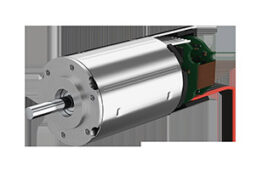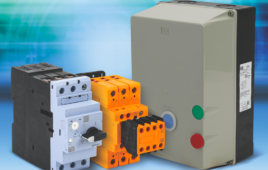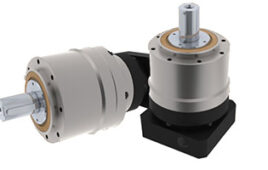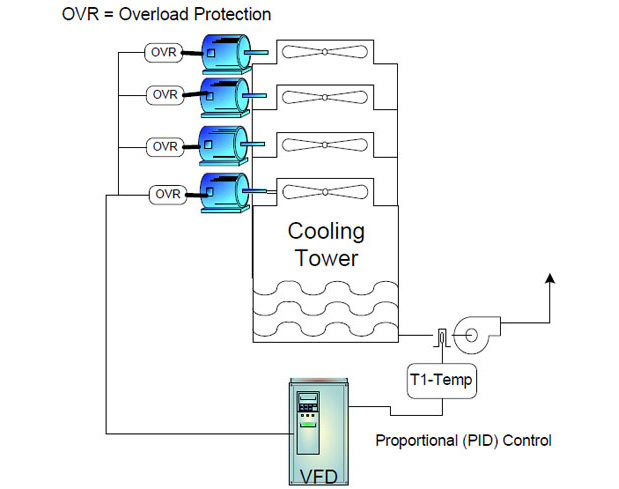I read comments from other authors in motion control with considerable interest. There are some upcoming webcasts on the”the future of motion control”. Predicting the future is always a problem. There are so many things to consider.
Short term economic trends for manufacturers are pretty easy. Costs are going up. Outsourcing continues. What else is new?
Quite a bit actually. There are significant trends in technology that have impact on the motion control industry. Motor control technology has gone through a not-so-quiet revolution in the last few years. There are dozens of embedded microcontrollers that have emerged over the last few years that offer incredible performance at very low cost. The most extreme example of which would be the Arduino family of processors. These controls are the lowest cost on the market and they have found their way into thousands of stepping motor applications in low cost 3D printers.
There are comparable processors from TI, NXP, ST and others. What is significant here is that there a many “embedded” processor solutions available with chip costs in the low dollars, literally $2 type part costs. This should provide an opportunity to develop really low cost controllers with reasonably sophisticated performance.
Power mosfets are really inexpensive and the industry keeps trying to develop better devices. The latest generation involves Silicon Carbide substrates for higher efficiency and increased operating temperatures.
What we are not seeing is a major offering in low cost control systems. This may be due to the engineering burden needed to develop new products and the extreme reliability testing that is often required to validate products for sale. Which is one reason some companies have tried to outsource that function to places like India.
In the motor arena, the critical cost trends are magnets, copper wire and lamination steel. All three materials have been the subject of fluctuating prices. Making forecasting very difficult.
Motor technology, however, continues to move on. For every application, there is the theoretically perfect motor. But getting into the motor business is not for the faint of heart. Motor manufacturing also requires a lot of capital equipment, so the barrier to entry is fairly significant. And engineering, development and testing of new motor designs is very complex, which means, expensive.
So we’re not seeing big changes in motors and controls. This is consistent with the history of the market. Motion control has been slow to change. To a certain extent, it’s hard to argue. If it works, don’t fix it.
On the other hand, if we want to see growth in the motion control markets, then new products, new technology are going to have to focus on lower cost solutions and simplification. The beginning of this trend is seeing Ether Cat servo amplifiers that connect with CAT5 style connectors. Instrument grade 12 bit analog command signals and all the complex interface wiring are gone. This is the tip of the iceberg.
Whatever the next 10 years will look like, the motion industry is ready for change. Let’s make it great.
Filed Under: Motion control • motor controls, Mechatronic Tips




